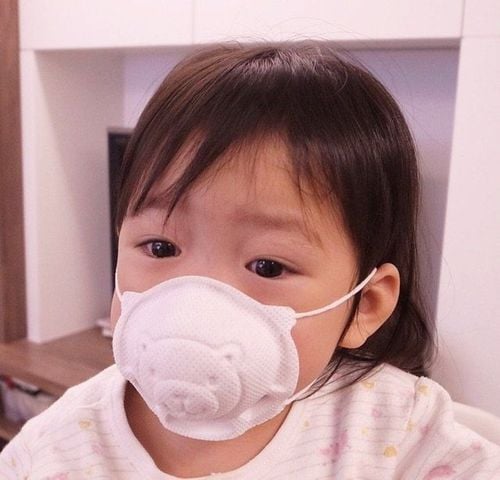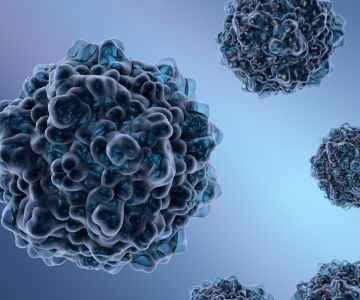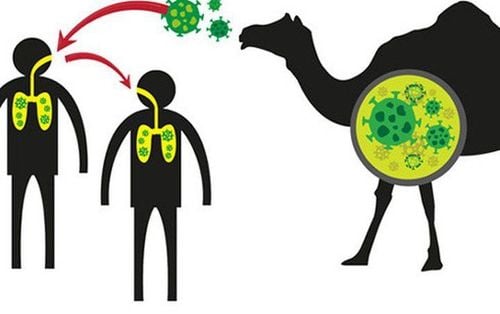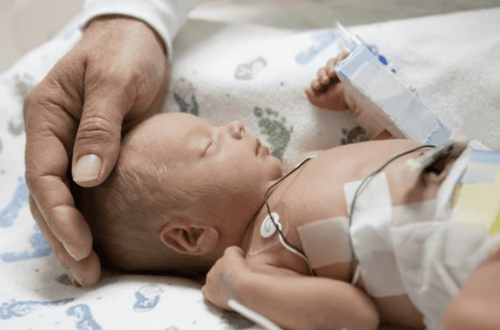This is an automatically translated article.
Translated and synthesized by Dr. Nguyen Hong Thanh - Vinmec Institute of Stem Cell and Gene Technology
SARS stands for Severe Acute Respiratory Syndrome, which roughly translates to "Severe Acute Respiratory Syndrome", is a respiratory illness caused by a strain of coronavirus called SARS-CoV. The SARS epidemic originated in Guangdong, China, then spread to more than 30 countries and territories around the world, including Vietnam. The cost to treat and prevent the disease is estimated at about 40 billion dollars (WHO report).
1. Viral characteristics, origin and virulence
SARS virus, is a coronavirus, in the family Coronaviridae, capable of infecting and causing disease in humans, mammals, and some birds. The virus that caused the SARS epidemic in humans in 2003 was identified as originating from civets (scientific name is Paguma sp.,), which caused a pandemic that killed more than 10,000 civets in Guangdong, China. The virus was also later found in raccoon dogs (Nyctereutes sp., and mink (Melogale spp.) found some strains similar to SARS virus originating from bats of China.Study on the genetic characteristics of these virus strains show that it is very likely that the SARS-CoV virus that caused the SARS epidemic in 2002-2003 also originated from bats. originated from bats and infected humans through wildlife markets in China.In 2006, a number of scientists from the Centers for Disease Control and Prevention at the Universities of Hong Kong and Guangdong found a found evidence of an association between the SARS virus that caused epidemics in civets and humans, confirming an animal-to-human transmission of this virus strain.
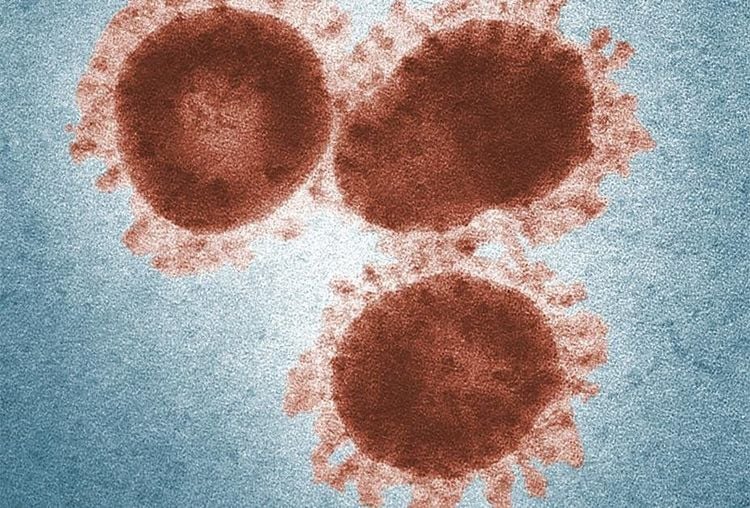
Coronavirus gây bệnh SARS với các protein hình vương miện trên bề mặt (nguồn: CDC)
The SARS virus that caused the 2002-2003 epidemic has specific genetic characteristics of coronaviruses such as belonging to the family of enveloped viruses with a genome composed of single-stranded, positive-stranded RNA, about 29.7 kb in size, large. The most genetic among viruses is RNA. The SARS-CoV genome is composed of 13 genomic regions that encode 14 different protein sequences. The ORF1a and ORF1b sequence regions are the two largest coding regions responsible for viral replication, and also determine virulence (viral virulence). In addition, there are other structural proteins that play a role in the formation of capsid (shell proteins), membrane proteins, nucleic acid binding proteins for the packaging of genetic material, surface proteins or spike proteins (spike). proteins) play a role in cell recognition and entry.
2. Symptoms noted
People with SARS have symptoms similar to those of the flu, including fever, body aches, muscle aches, headache, diarrhea, and tremors (in severe cases). There are no specific symptoms specific to people with SARS, making it difficult to differentiate from the common flu. Fever is common in most cases, however, in some cases the elderly and those taking immunosuppressive drugs do not present with fever in the early stages of the process. sick. Cough (usually dry, dry cough), shortness of breath, and diarrhea are common during the first and/or second week of the disease process. In some severe cases, this process progresses very quickly, turning severe into respiratory failure and requiring intensive supportive care.
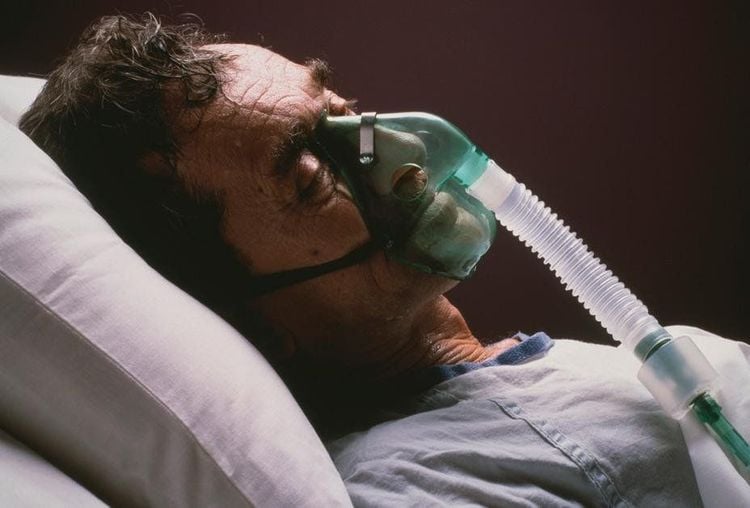
Bệnh nhân SARS đang được điều trị tích cực với máy hỗ trợ thở (nguồn: CDC)
3. Route of transmission
The main route of transmission of SARS is through close contact between an infected person and a normal person. Close contact is defined as contact during care or accommodation with someone who has been infected with SARS, or has direct contact with respiratory secretions or bodily fluids such as blood, sperm, feces of a person infected with SARS.
Examples of close contact include kissing, hugging, sharing eating utensils, talking to an infected person within a 1 meter radius, or touching an infected person directly. Close contact does not include activities such as walking past someone who is sick or sitting in the same waiting room as a sick person for a short period of time.
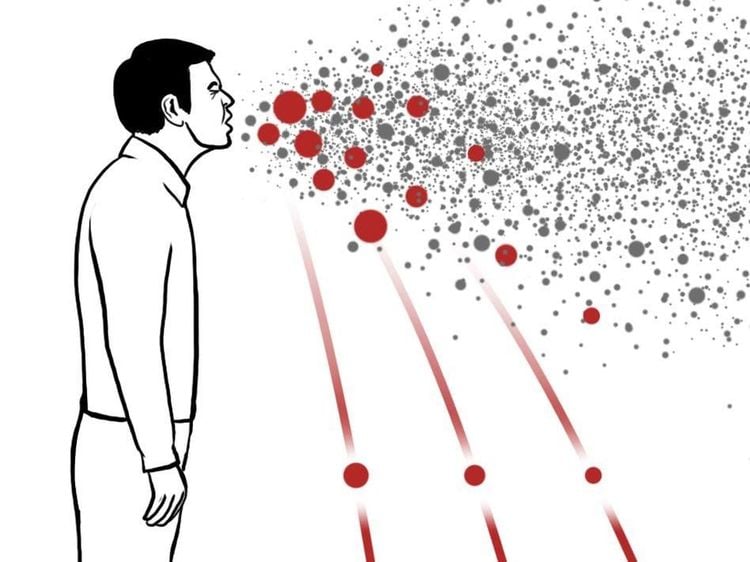
Giọt bắn mang virus được hình thành qua ho, hắt xì hơi (nguồn: capradio.org)
SARS-CoV virus is recorded as capable of being transmitted from person to person through respiratory droplets. When an infected person coughs or sneezes, droplets from the respiratory tract will be released into the air and stick to the surface of the object. At a close distance, droplets can directly infect the airways through the upper respiratory tract, clinging to the mucous surfaces of the oral cavity, nose, and eyes of people standing close within a radius of 1m. The virus can also be transmitted by direct contact, handling, or grasping the surface of contaminated objects and then touching the mouth, eyes, and nose with your hands. In addition, the possibility that the virus can be transmitted through the air, in the form of microscopic liquid particles (aerosols, aerosols) or by some other unknown route of infection is not excluded.
4. Diagnosis and treatment
There is no specific treatment for the SARS virus, however, scientists are working hard to develop a vaccine for this virus.
People suspected of being infected with SARS should go to the hospital to be checked and carry out the necessary isolation procedures to limit the spread. Treatment methods are mainly supportive treatment, aimed at enhancing the function of organs in the body, especially respiratory organs such as ventilatory support by providing supplemental oxygen, using a Some antibiotics are used to treat opportunistic infections that cause pneumonia, some antiviral drugs are used, and high doses of steroids are used to treat swelling and edema of the lungs. There is not much evidence that these treatments are effective for the treatment of SARS-CoV virus, however, these treatments are intended to enhance function, enhance immunity, treat opportunistic infections. Ribavirin, an antiviral drug, has been shown to be ineffective in treating SARS.
5. How to protect and avoid
Ways to protect and prevent SARS include wearing a mask in public places where there is a high risk of virus infection such as hospitals, piers, bus stations, shopping centers... hand and foot birth, environmental sanitation, disinfection and sterilization of the environment in areas with infected people, avoid direct contact, close contact with infected people for at least 10 days from the date of the end of the treatment period. symptom.
To prevent the spread of the virus, what to do is:
Wash your hands often with soap or an alcohol-based hand sanitizer with a concentration of 70%. Cover your mouth and nose every time you cough or sneeze, then wash your hands with soap or hand sanitizer as soon as possible. Avoid sharing food, drinks, and eating utensils with an infected person. Regularly clean surfaces with disinfectant solutions. For ordinary people, it is possible to carry out personal hygiene, cleaning objects and working tools, and cleaning the environment with disinfectant and antiseptic solutions. It is only recommended to wear a mask in crowded places, where there is a high risk of spreading the virus. Travel to areas with uncontrolled outbreaks is not recommended. For medical staff who directly provide care and treatment for SARS patients, in addition to the above recommendations, medical staff should be equipped with specialized protective equipment such as protective clothing. , N95 mask, gloves, protective mask.
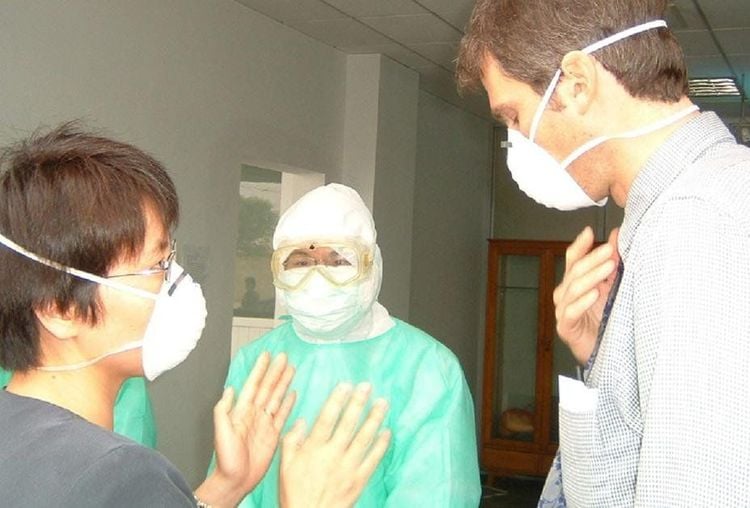
Tư vấn, sàng lọc và cách ly người bị nhiễm SARS-CoV (nguồn: CDC)
6. Vaccines for the prevention of the SARS virus
Many scientists have embarked on research, manufacturing and producing vaccines for SARS-CoV virus since the SARS pandemic occurred in 2002 in China. Studies have focused on identifying viral protein sequence regions that have the potential to induce a favorable immune response or viral attenuating proteins. Some approaches in research and production of vaccines against viruses include: vaccines using inactivated viruses, vaccines using recombinant vectors carrying viral genes, or subunit vaccines. , vaccines use weakened viruses.
A study in 2014 by US and Chinese scientists found that a deficiency in the envelope protein (envelop protein) has the ability to reduce the virulence of the virus. In addition, changing or removing some components in the envelope protein, including the transmembrane protein region responsible for ion exchange channel activity, also reduces the virulence or reduces the ability of the virus to replicate. . There was a phase 1 trial, using an inactivated viral vaccine, conducted at Bayer College of Medicine (USA) in 72 volunteers, ages 18-40, in Houston, Texas. However, this trial was stopped in 2012 (Clinicaltrials.gov: NCT00533741).

Các nhà khoa học đang nghiên cứu vắc-xin dùng để phòng ngừa coronavirus
7. Epidemic evolution
November 16, 2002, Severe Acute Respiratory Syndrome outbreak started in Guangdong, China, right next to the border with Hong Kong. The Chinese government reported to the World Health Organization on February 10, 2003, recording 305 cases including 105 medical staff and 5 deaths. The number of infected people and the number of deaths increased in China and began to spread throughout the region and the world including all continents such as America, Europe.
According to information recorded from the World Health Organization (WHO), there were 8,422 people infected with SARS during the pandemic in 2003. Of those, 916 died, accounting for more than 10.8% of the total. disease cases. Countries with the highest number of infections and deaths include China, Hong Kong, Taiwan, Canada, Singapore and Vietnam. In Vietnam, the number of infections is 63 and the number of deaths is 5. On April 28, 2003, Vietnam announced that the SARS epidemic was under control and there were no new cases reported since May 14. April 2003. The outbreak was then reported to end worldwide in July 2003.
Since 2004, there has been no recorded case of SARS infection worldwide. In late 2017, Chinese scientists found traces of a SARS-like coronavirus originating from cave-dwelling horseshoe bats in China's Yunnan province through the civet cat.
Source: CDC, WHO, clinicaltrials.gov, Ncbi.nlm.nih.gov
MORE:
How was the 2003 SARS virus transmitted? Is 2019-nCoV the same as the virus that causes MERS and SARS? Information about the 2003 SARS pandemic





